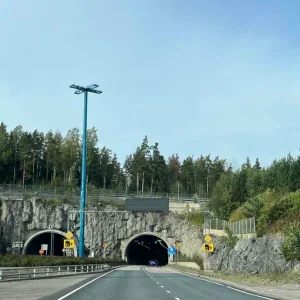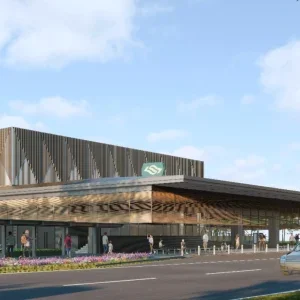Nine people died in September when a bus and car collided in the 750m long Viamala tunnel in Switzerland near the border with Italy and Austria.
The collision took place on 16 September and initial reports said six people had been killed in the crash and subsequent blaze as both vehicles caught fire. The death toll was revised when it emerged the car had four not two occupants as initially thought and one of those injured in the tunnel died in hospital. The bus was carrying a youth ice hockey team and the team’s coach, Fernando Mozzini, told reporters that “the bus crashed head-on into the car, which then skidded along the tunnel wall and caught fire”.
Mozzini added the car was travelling in the wrong lane and speculated it may have swerved into oncoming traffic to avoid hitting an object in the road. Other witnesses claimed the car, with German license plates, lost control after one of its wheels came off.
As both vehicles caught fire, the tunnel filled with smoke hampering rescue efforts. A second car crashed into the wreckage and itself caught fire. The athletes on the bus managed to escape, but a team masseuse and another staff member were killed. Passengers travelling in other vehicles were forced to flee on foot and a number suffered from smoke inhalation.
The incident is the worst road tunnel accident in Switzerland since the 2001 tragedy in the Gotthard tunnel that claimed 11 lives. Since then an upgrade has been underway to improve safety measures in Alpine tunnels including the installation of fire alarms, radio reception inside the tunnel and improved lighting. Authorities said the 40-year-old tunnel met safety requirements, although it does not have any emergency egress other than the portals. Any new tunnel of its length have to have a means of emergency egress other than just the portals. New tunnels also often separate traffic flows to eliminate the possibility of such a collision as appeared to cause this accident.
The tunnel was re-opened on 25 September with its structural features largely intact. Many electrical installations and alarms had to be replaced at a cost estimated in the region of US$1.6M. Further repair works will be carried out next year.







